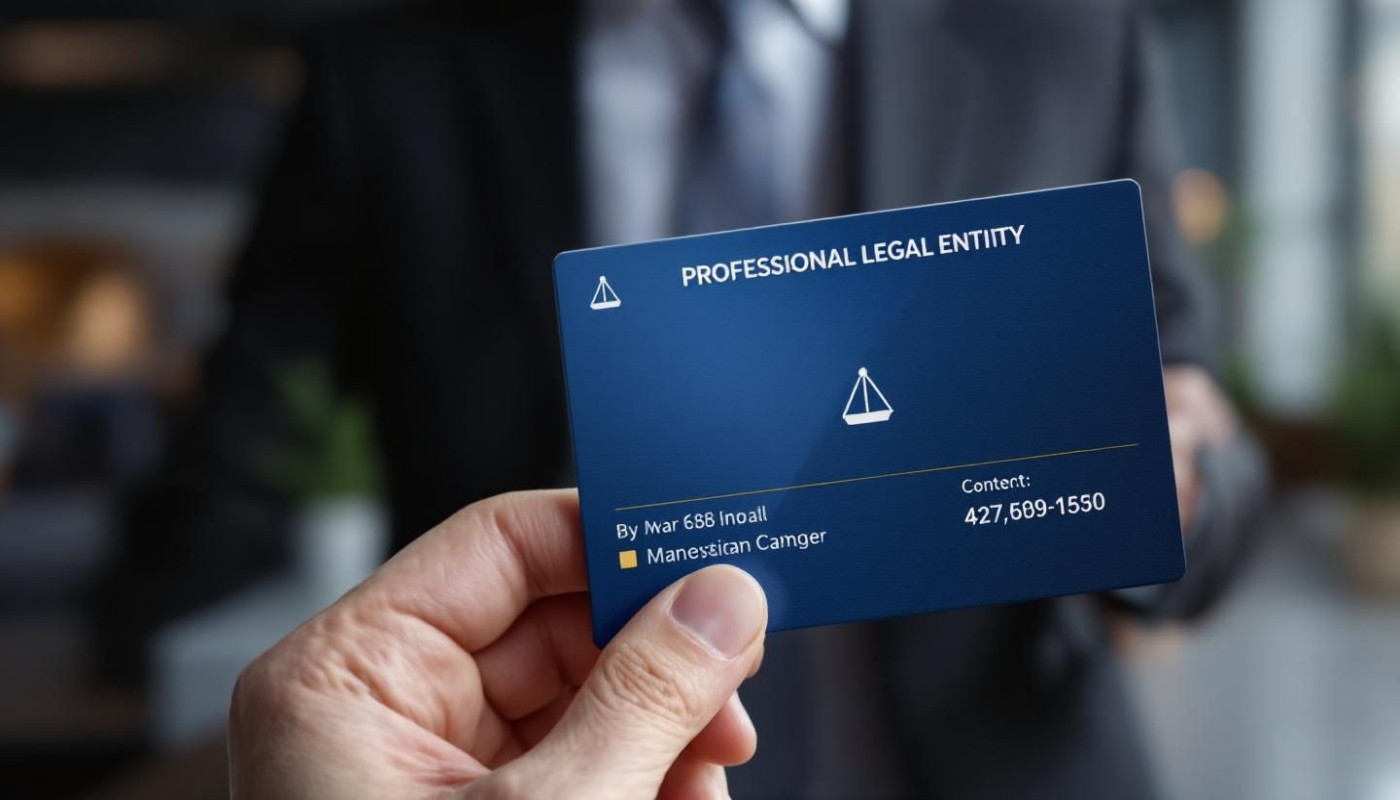Table of contents
In the evolving landscape of global commerce, business transparency has become a critical expectation for organizations of all sizes. The use of a Legal Entity Identifier (LEI) is reshaping how entities are recognized and trusted in international transactions. Uncover how obtaining an LEI can transform transparency for businesses and strengthen credibility in the eyes of stakeholders.
Understanding the legal entity identifier
A Legal Entity Identifier (LEI) is a unique code assigned to businesses and organizations that participate in financial transactions, serving as a cornerstone for entity identification within the global legal entity system. This unique code consists of 20 alphanumeric characters, structured to ensure each entity is distinctly recognized across the financial ecosystem. The LEI links to key reference information, such as the entity’s official name, legal form, and ownership details, which are made publicly available. This level of identification is essential for regulatory compliance, as authorities worldwide increasingly require organizations to report transactions using their LEI. By mandating its use, regulators strengthen financial transparency and reduce the risk of fraud, money laundering, and market abuse. Accurate entity identification through the Legal Entity Identifier system streamlines processes, facilitates global business relationships, and ensures that all parties in a transaction can be precisely traced, supporting robust financial oversight and trust in cross-border transactions.
Boosting trust with transparency
Acquiring a Legal Entity Identifier (LEI) significantly advances business transparency by providing a universal standard for company identification. When a business secures an LEI, its key company data—such as ownership structure and registration details—is recorded in an open corporate registry, making this information easily accessible for clients, partners, and regulators. This standardized, open data approach enables stakeholders to verify company identities quickly and reliably, which is fundamental to fostering client trust in financial and commercial transactions. Enhanced transparency through an LEI also plays a pivotal role in risk mitigation, as it allows for more effective detection of suspicious activities and reduces the likelihood of fraud. Regulators gain a clearer view of the market landscape, while businesses benefit from streamlined due diligence processes, collectively strengthening the foundations of secure and trustworthy business relationships.
Simplifying regulatory compliance
Obtaining a Legal Entity Identifier (LEI) significantly enhances compliance efficiency by streamlining the process of meeting legal requirements in today’s global business environment. With an LEI, organizations benefit from regulatory harmonization, as this universal identifier is recognized across multiple jurisdictions, easing the complexities of regulatory reporting and facilitating smoother cross-border transactions. The use of an LEI allows entities to centralize information and avoid repetitive data submissions, which directly reduces the administrative burden typically associated with varying compliance frameworks. As regulatory authorities increasingly mandate the use of LEIs, leveraging services such as lei enables businesses to efficiently adapt to evolving standards and demonstrate transparency in their operations.
Facilitating global business operations
In today's landscape of international business, leveraging a Legal Entity Identifier (LEI) ensures smooth global operations by acting as a universal identifier recognized across jurisdictions. This unique code streamlines due diligence procedures, allowing organizations to verify counterparties efficiently during cross-border dealings. For instance, global banks rely on LEIs to conduct accurate risk assessments before approving transnational loans, while investment firms use them to monitor regulatory compliance when trading with international partners. The technical advantage, known as global entity interoperability, enables seamless integration between financial systems, reducing errors and delays caused by mismatched or incomplete entity data. As companies expand into new markets, adopting LEIs mitigates fraud risks and instills confidence among stakeholders, ultimately strengthening the transparency and reliability of all global transactions.
Strengthening stakeholder confidence
Obtaining a Legal Entity Identifier (LEI) significantly enhances stakeholder confidence by providing a clear, verifiable identity for any organization operating in today’s complex markets. This globally recognized code signals robust business credibility and demonstrates a proactive commitment to regulatory adherence, setting a standard for stakeholder verification across multiple jurisdictions. Investors and partners increasingly prioritize transparency, and an LEI allows these parties to verify an entity’s legitimacy quickly, reducing the risks associated with fraud or misrepresentation. Customers, too, are reassured when dealing with organizations that can be easily identified within financial systems, making them far more likely to engage in sustained business relationships. By embracing an LEI, companies elevate investor trust, showing all parties that transparency and compliance are embedded in the corporate culture from the top down.
Similar articles



